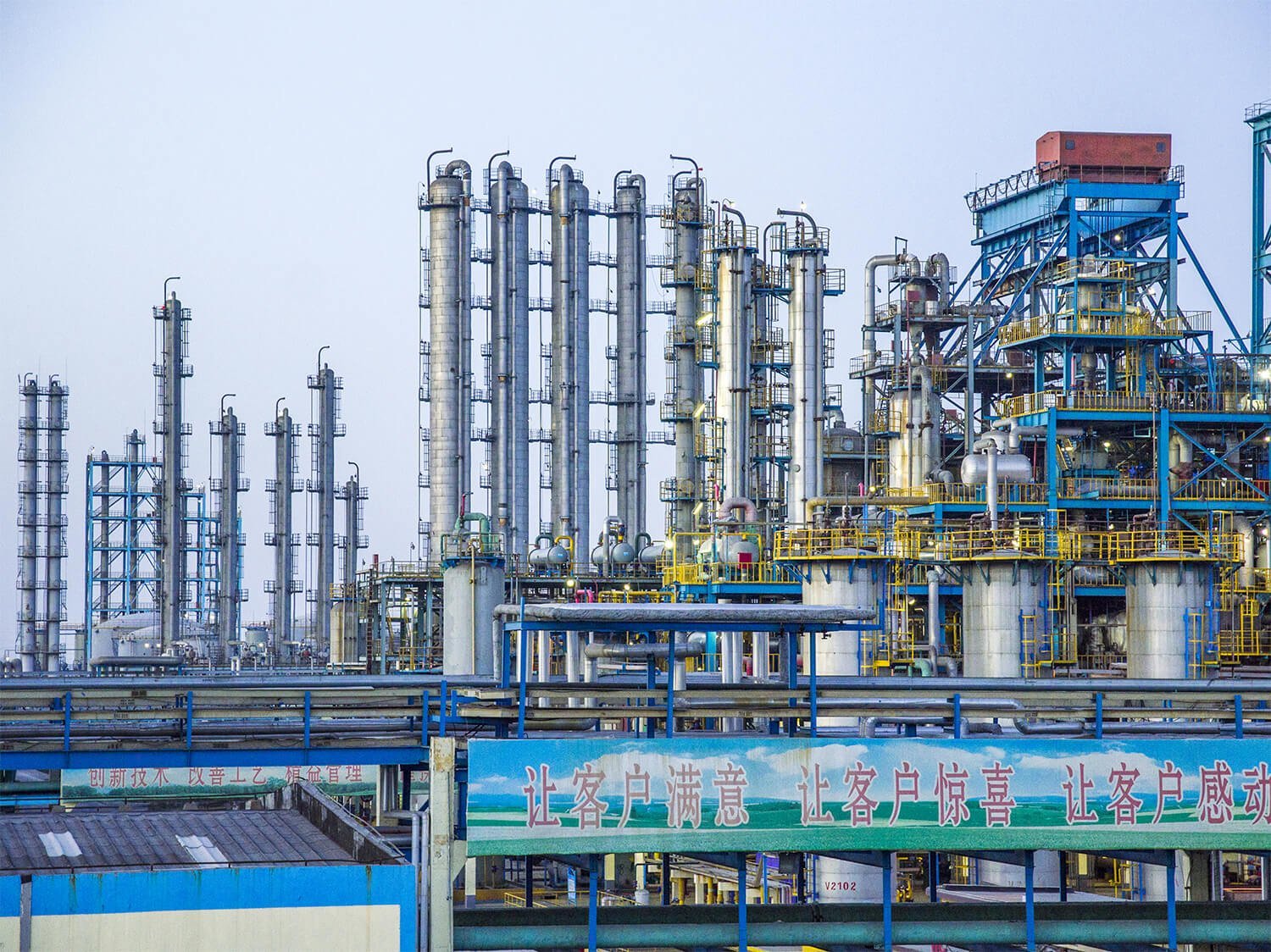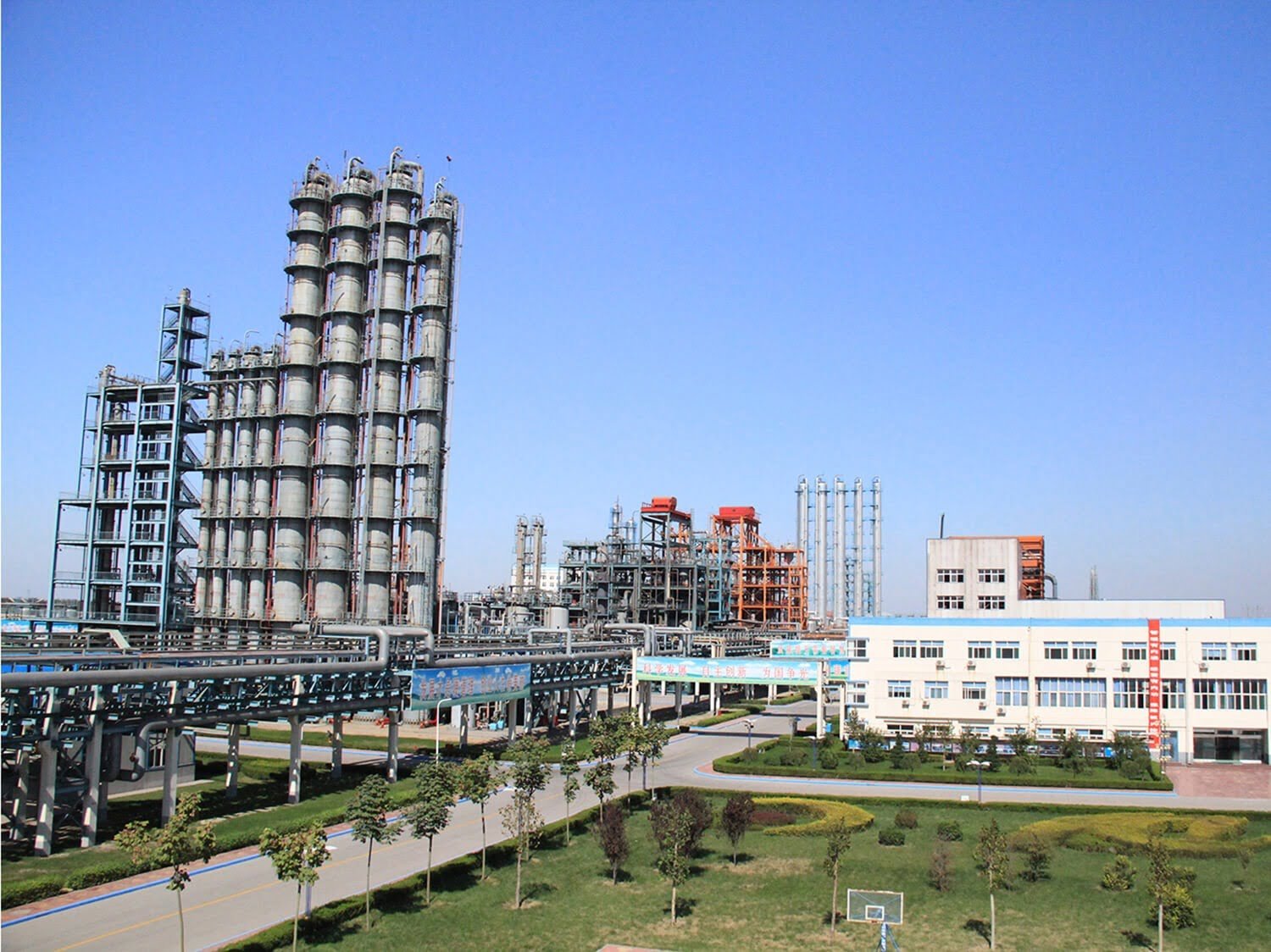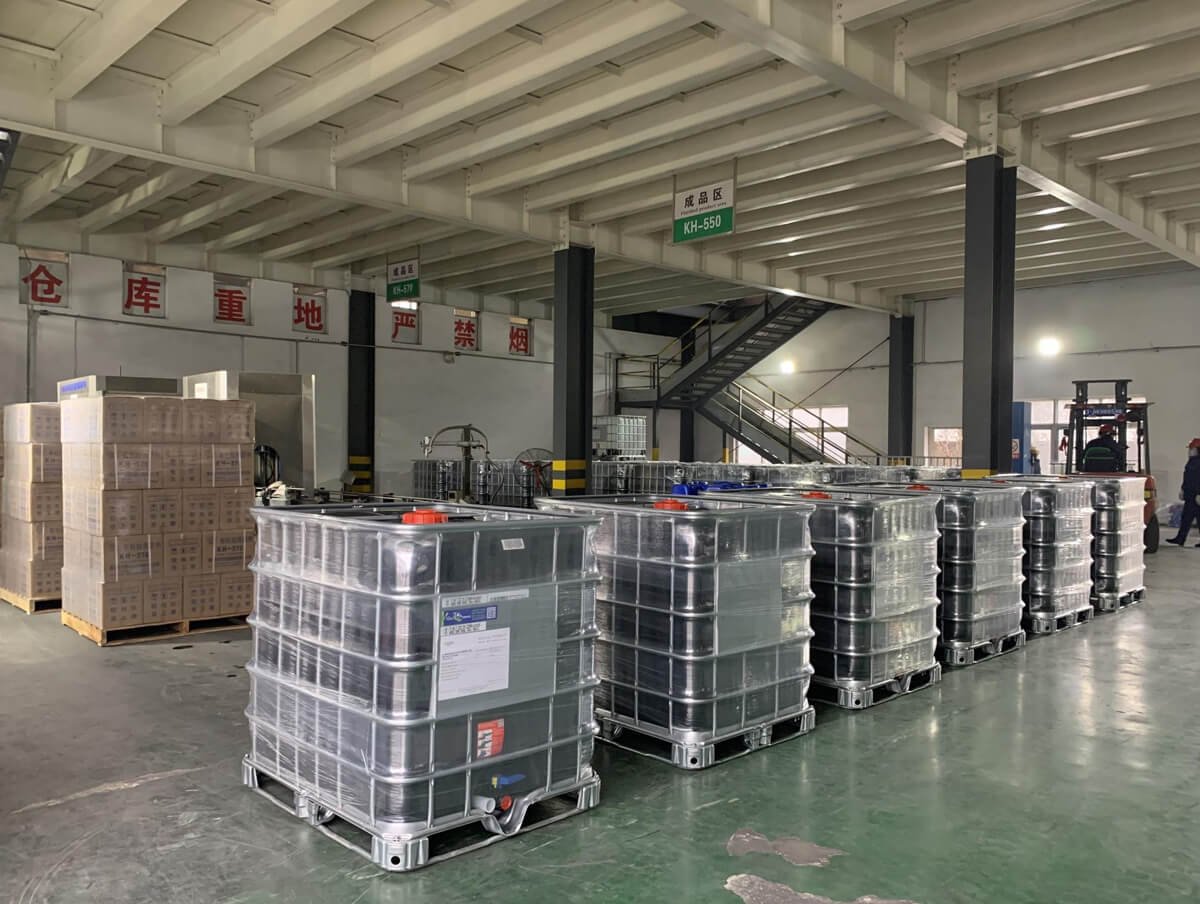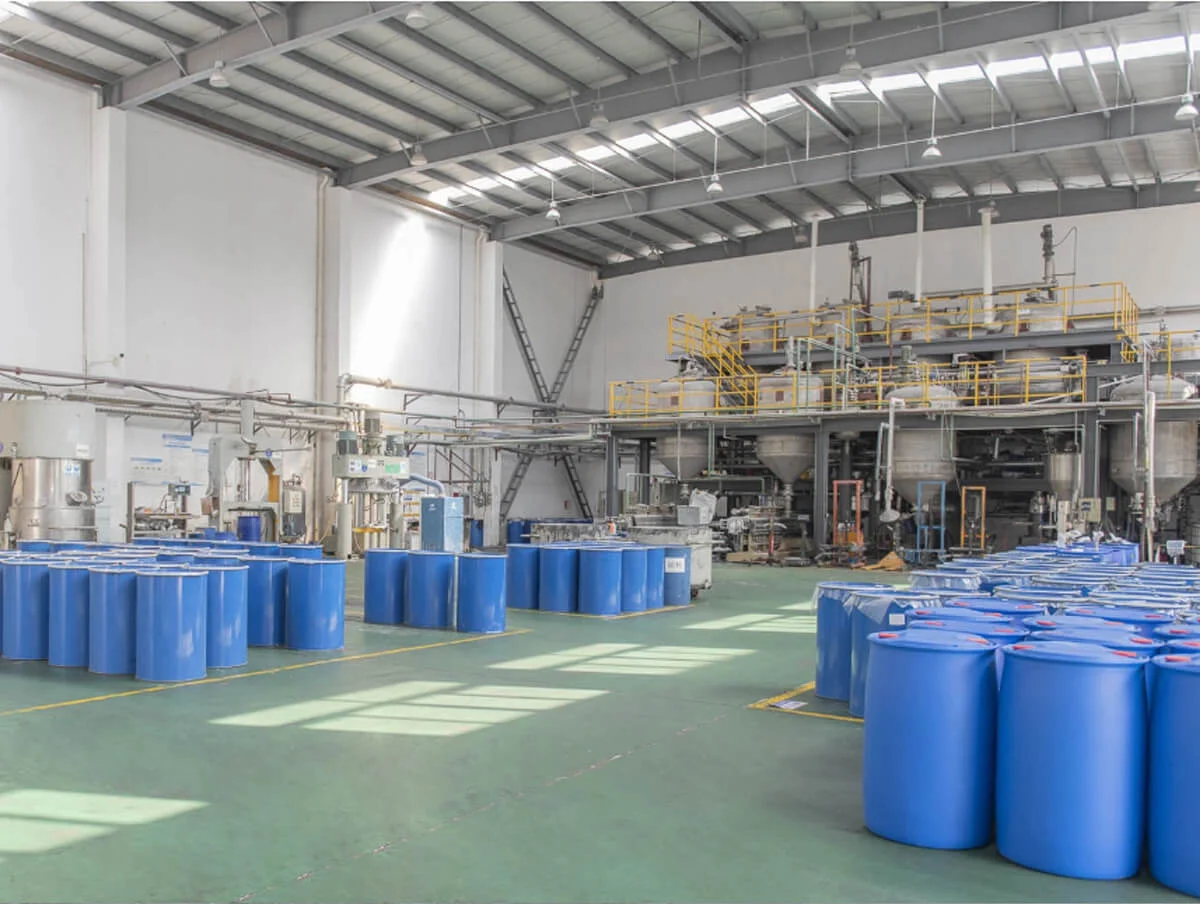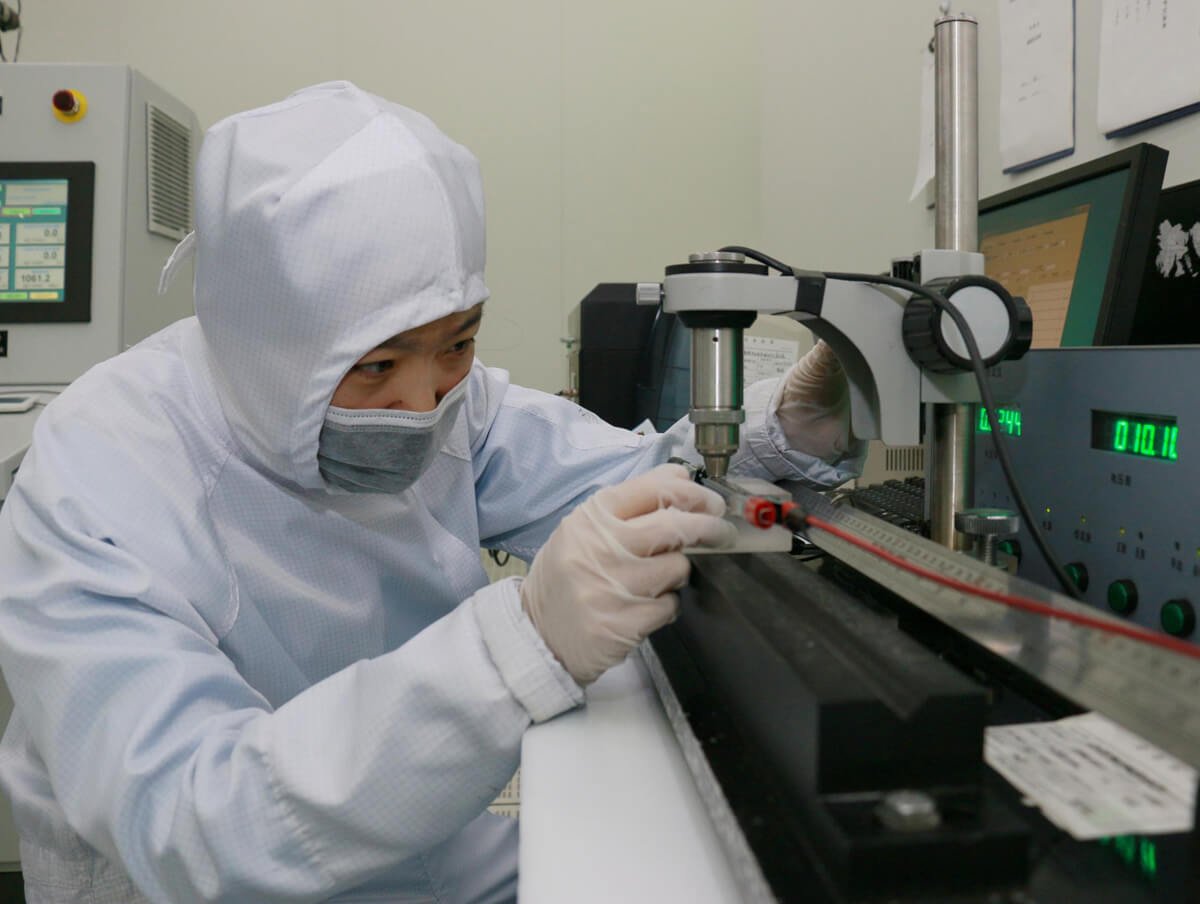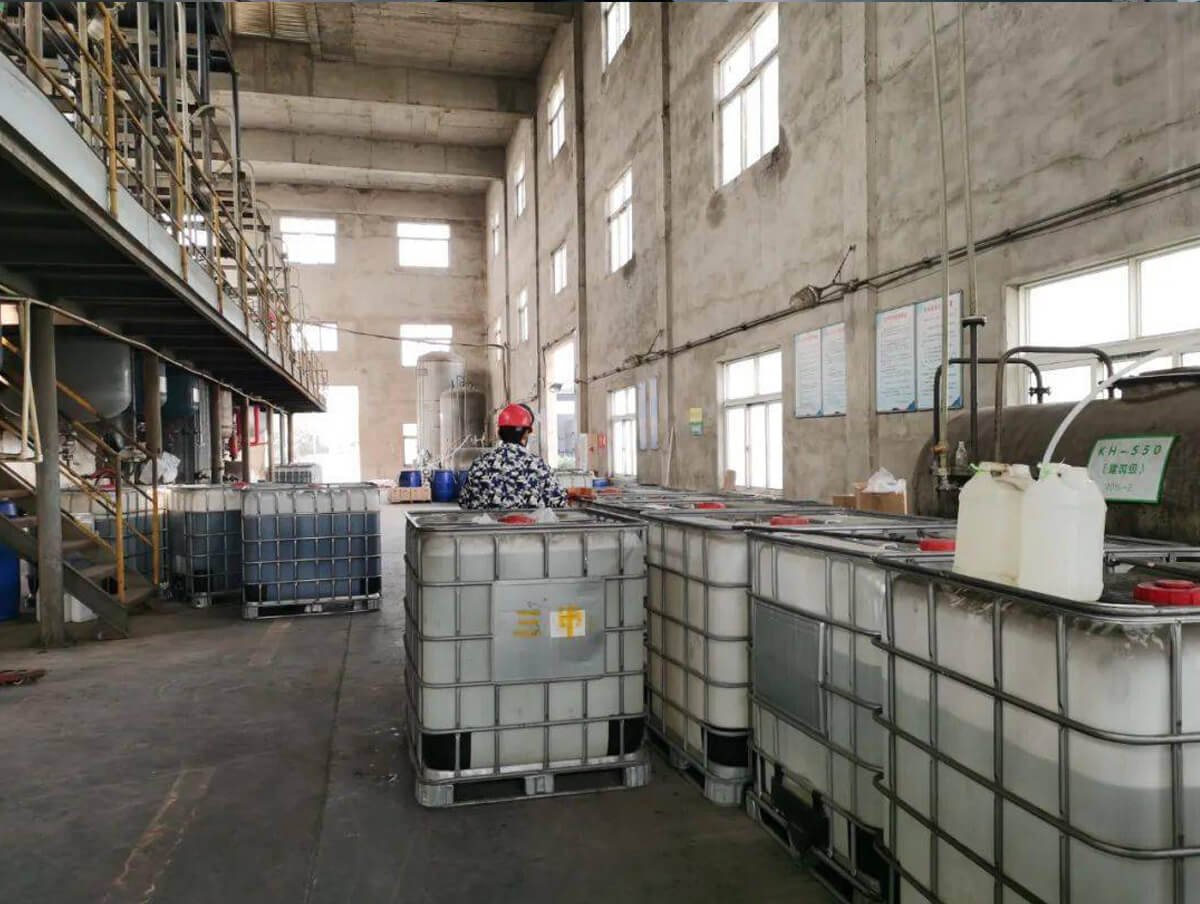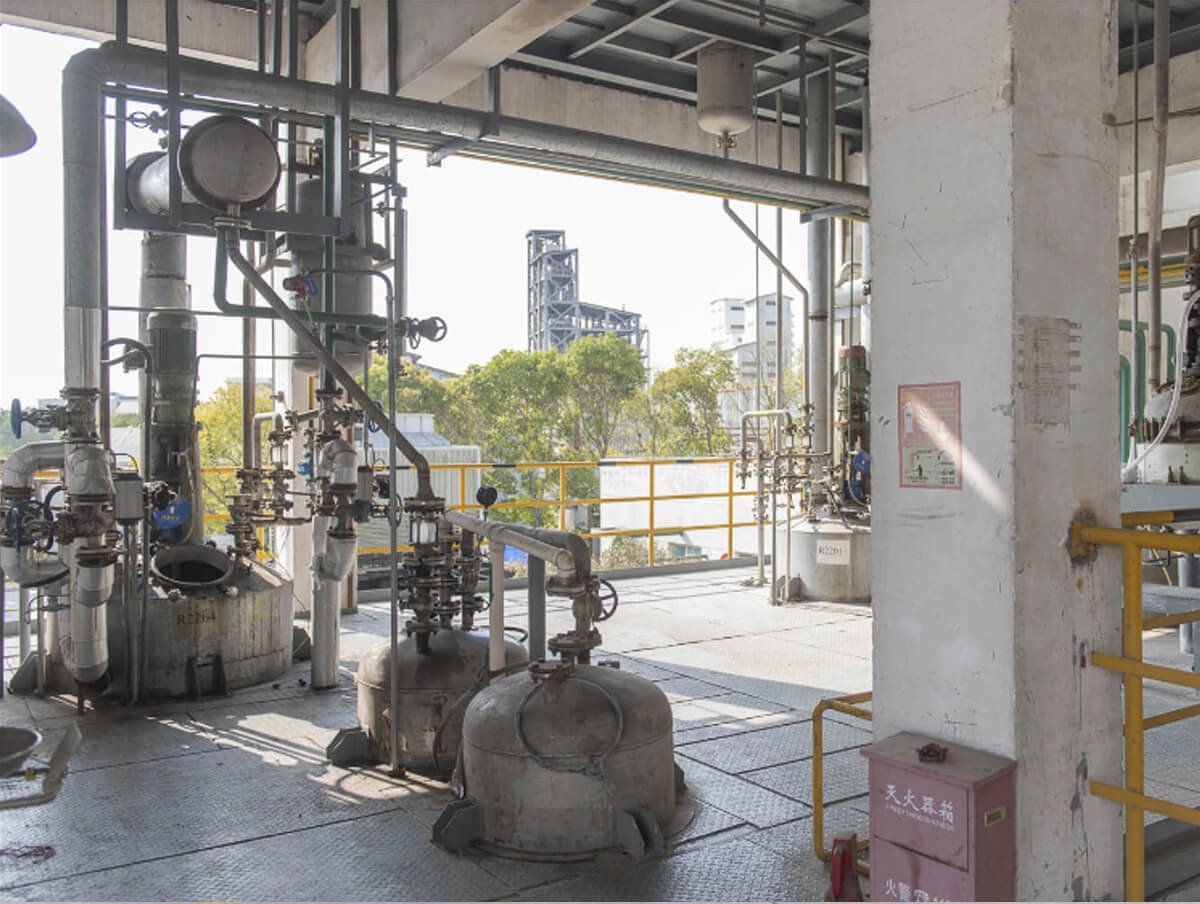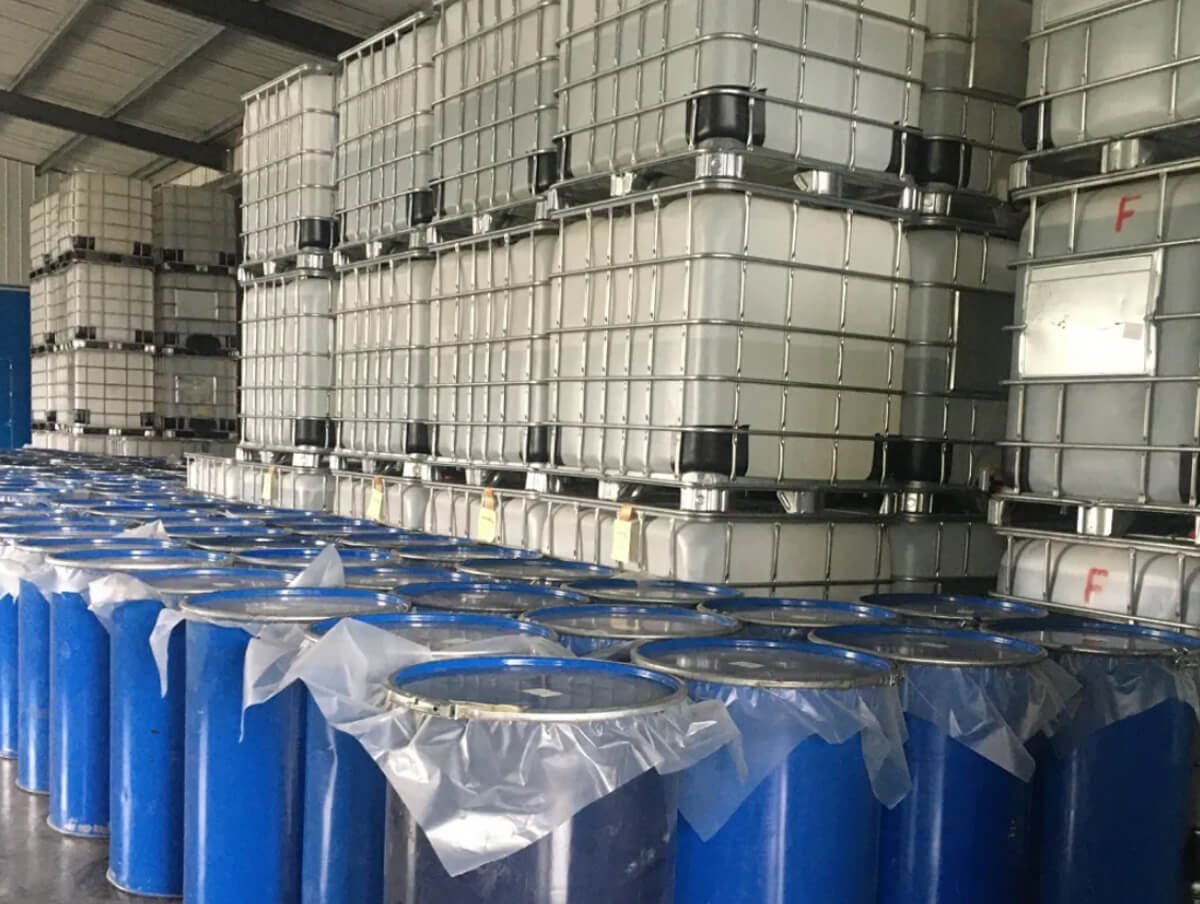
2-(3,4-Epoxycyclohexyl) Ethyl]trimethoxysilane
| Chemical Name: | 2-(3,4-Epoxycyclohexyl) Ethyltrimethoxysilane |
| Product Category: | Epoxy Silanes | Silane Coupling Agent |
| Structural Formula: |  |
| CAS NO.: | 3388-04-3 |
| Molecular formula: | C₁₁H₂₂O₄Si |
| EINECS: | 222-217-1 |
| Molecular Weight: | 246.38 g/mol |
| Appearance: | Colorless to slightly yellow transparent liquid |
2-(3,4-Epoxycyclohexyl) Ethyl]trimethoxysilane Description
2-(3,4-Epoxycyclohexyl) Ethyltrimethoxysilane (CAS 3388-04-3), also known as Trimethoxy[2-(7-oxabicyclo[4.1.0]hept-3-yl)ethyl]silane, is a colorless, low-viscosity liquid with a faint turpentine odor. It is soluble in alcohols, ketones, and both aliphatic and aromatic hydrocarbons.
This epoxy-functional organosilane (CAS 3388-04-3) features reactive organic epoxide and hydrolyzable methoxysilane groups. Its dual reactivity enables it to chemically bond with inorganic materials like glass, metals, and fillers, as well as organic polymers such as thermosets, thermoplastics, and elastomers. It functions as an adhesion promoter, cross-linker, and surface modifier in various industrial applications.
| Chemical name | Triethoxysilane |
| Boiling Point | 134-135°C(lit.) |
| Density | 1.0681 g/cm³ |
| Refractive Index | 1.4507 at 20°C |
| Flash Point | 80°F |
| Solubility | Reacts with moisture; hydrolyzes in the presence of water |
| Applications |
|
| Safety and Handling |
|
| Storage |
|
| Packaging |
|
| Sample |
|
| Inventory items |
|
| Price |
|
Packaging Specifications


Jessica G.
Get the Latest Pricing and Information
- Quick and helpful reply within 8 hours;
- Tailored solutions provided for your project;
- One-stop purchasing service.
2-(3,4-Epoxycyclohexyl) Ethyl]trimethoxysilane: Guide
2-(3,4-Epoxycyclohexyl)ethyltrimethoxysilane is essential for advanced coatings, adhesives, composites, and semiconductor applications. Its ability to improve adhesion, chemical resistance, and mechanical strength makes it a preferred choice across aerospace, automotive, construction, and electronics industries.
Key Advantages:
✅ Enhances adhesion between organic polymers and inorganic substrates.
✅ Increases crosslinking density in resins, improving mechanical performance.
✅ Improves moisture and chemical resistance in coatings and sealants.
✅ Optimizes surface modification in electronic and optical applications.
✅ Compliant with international regulations (REACH, TSCA, EINECS).
✅ Increases crosslinking density in resins, improving mechanical performance.
✅ Improves moisture and chemical resistance in coatings and sealants.
✅ Optimizes surface modification in electronic and optical applications.
✅ Compliant with international regulations (REACH, TSCA, EINECS).

